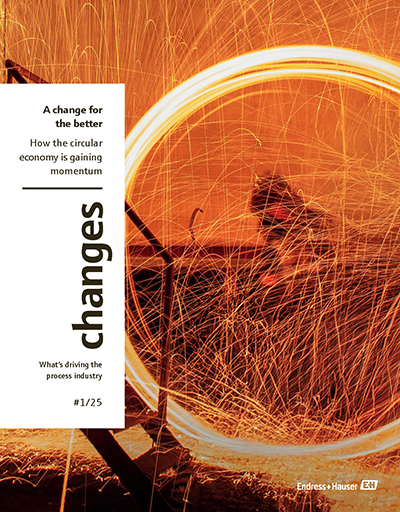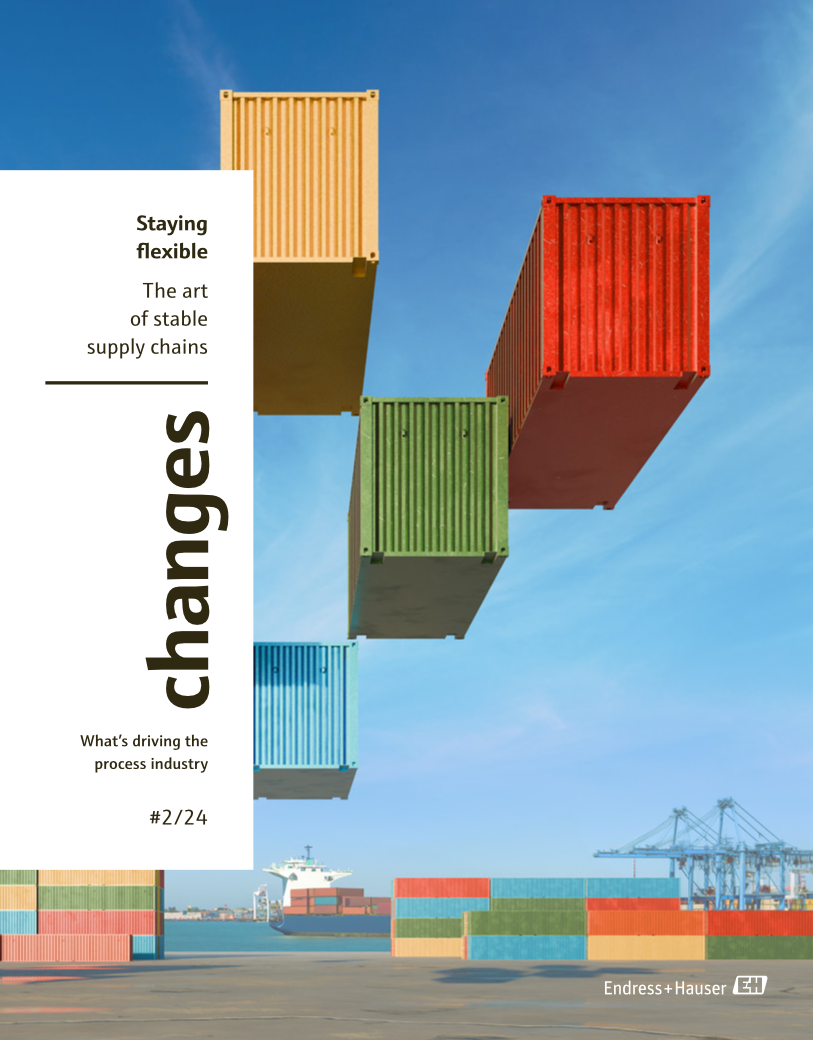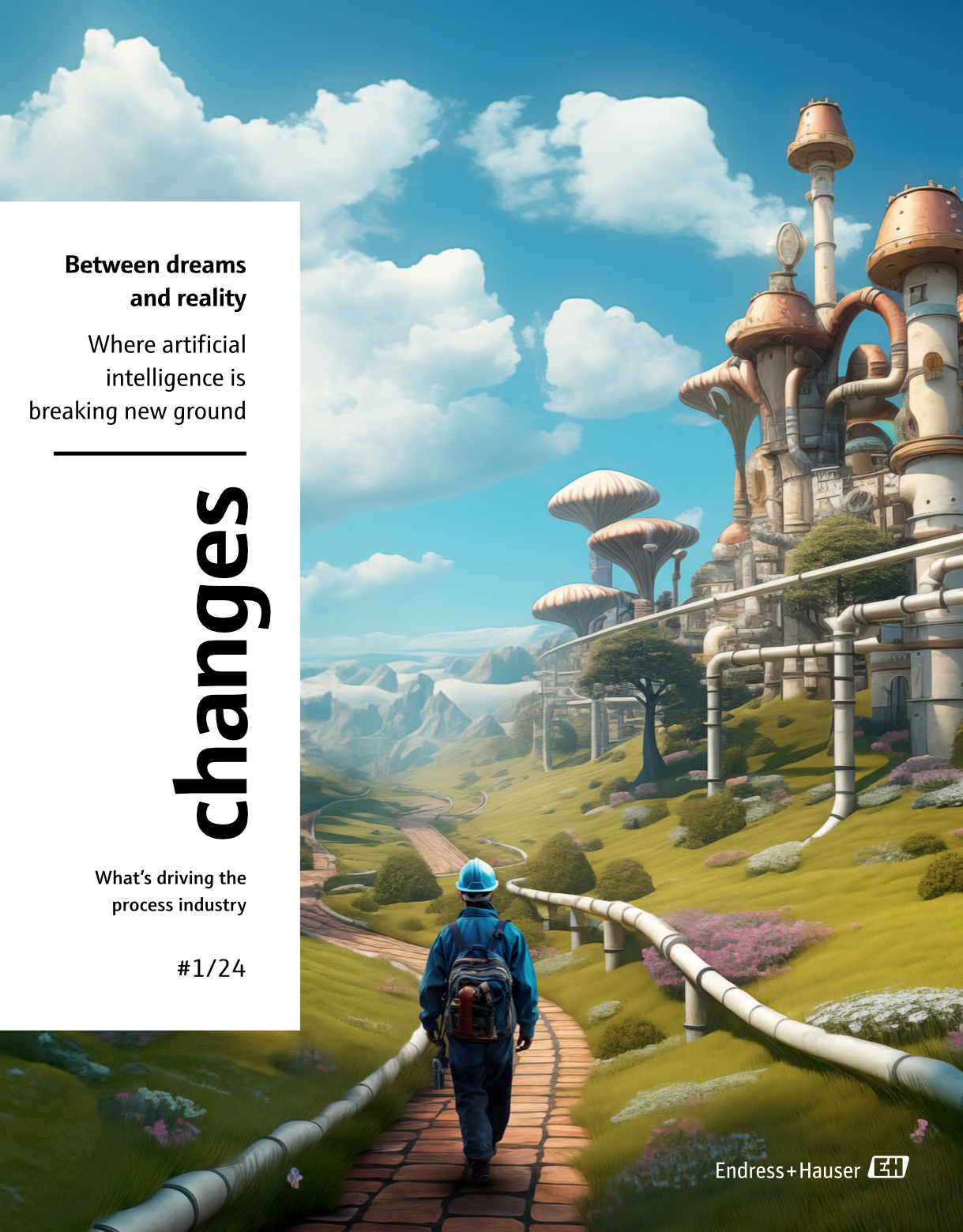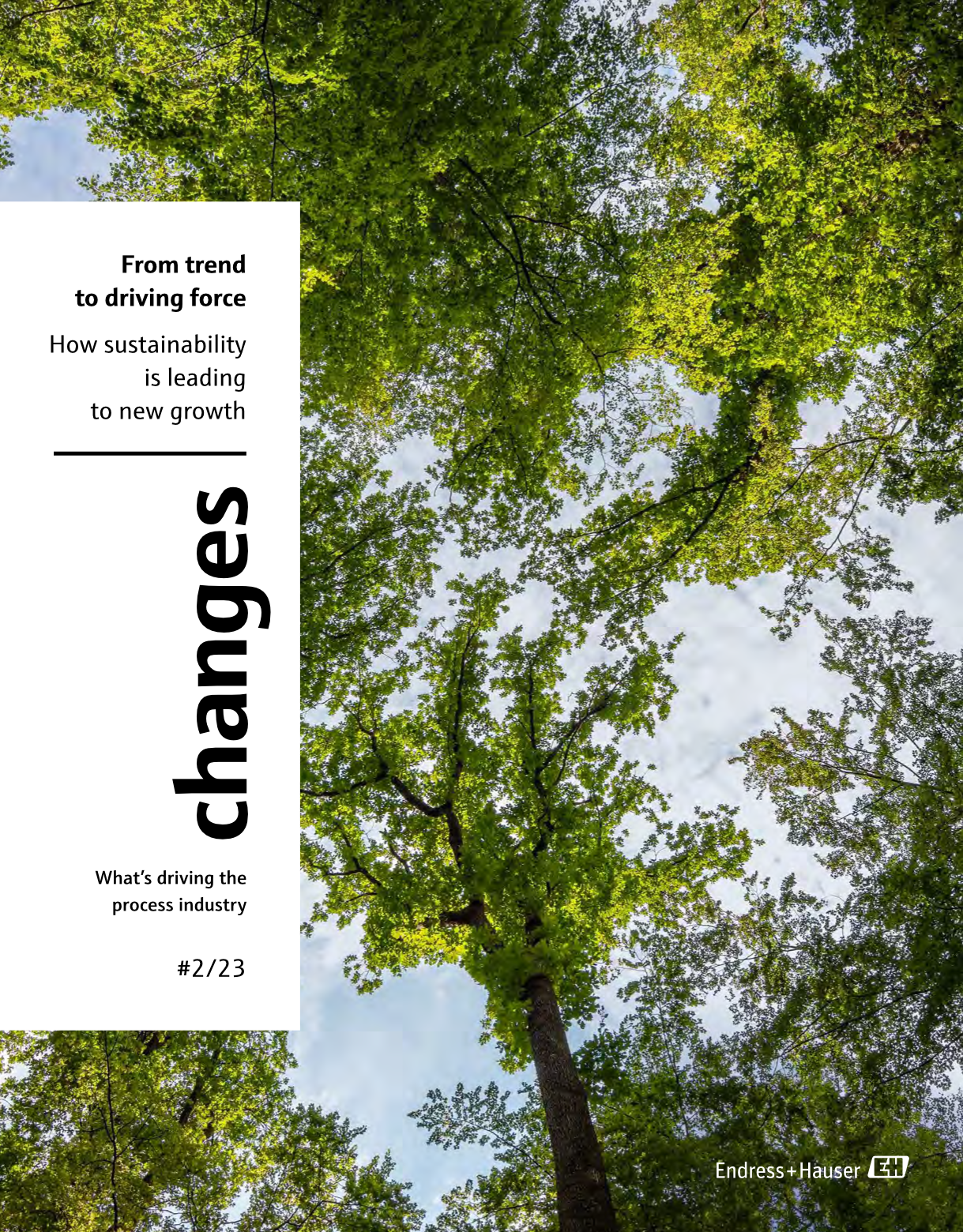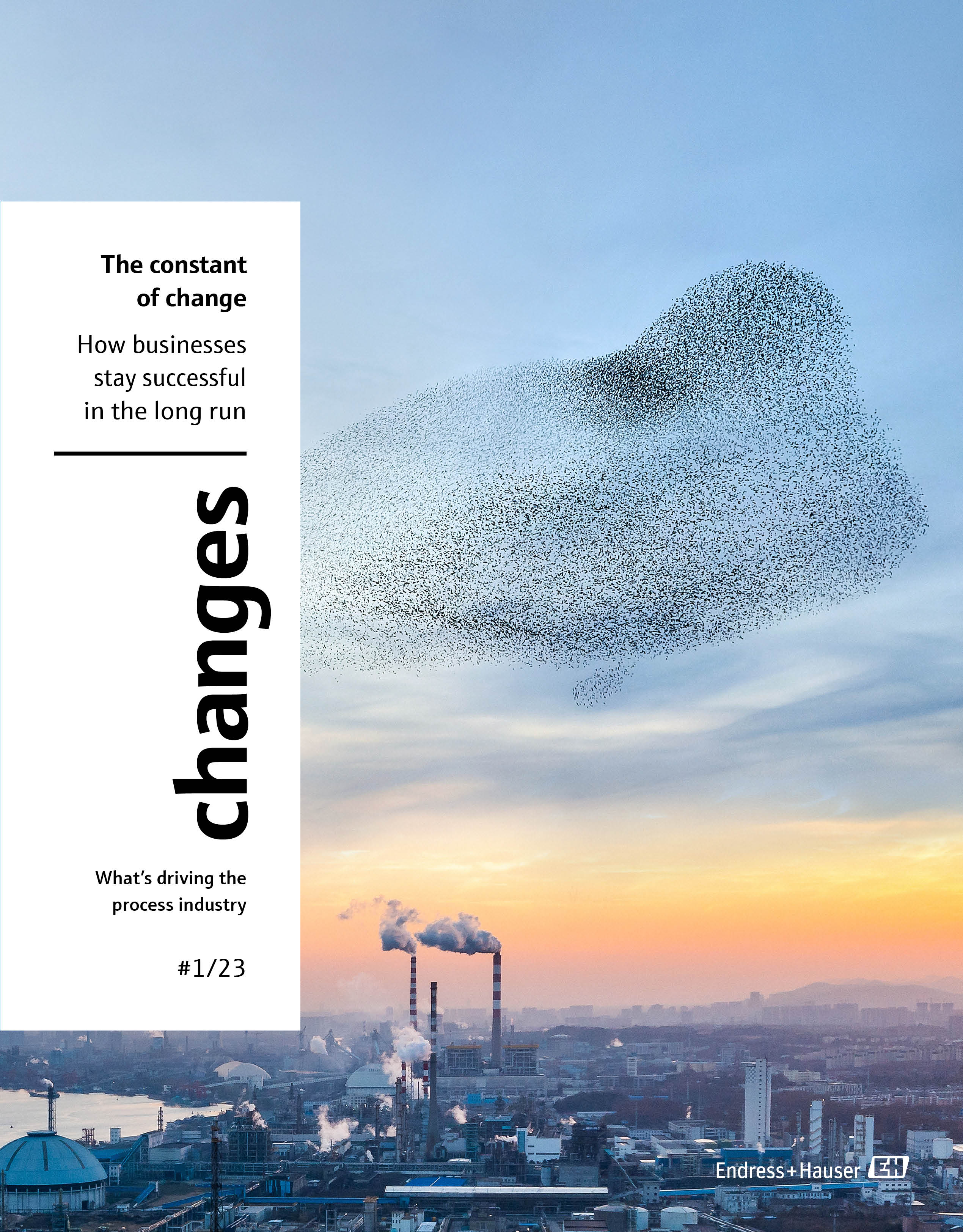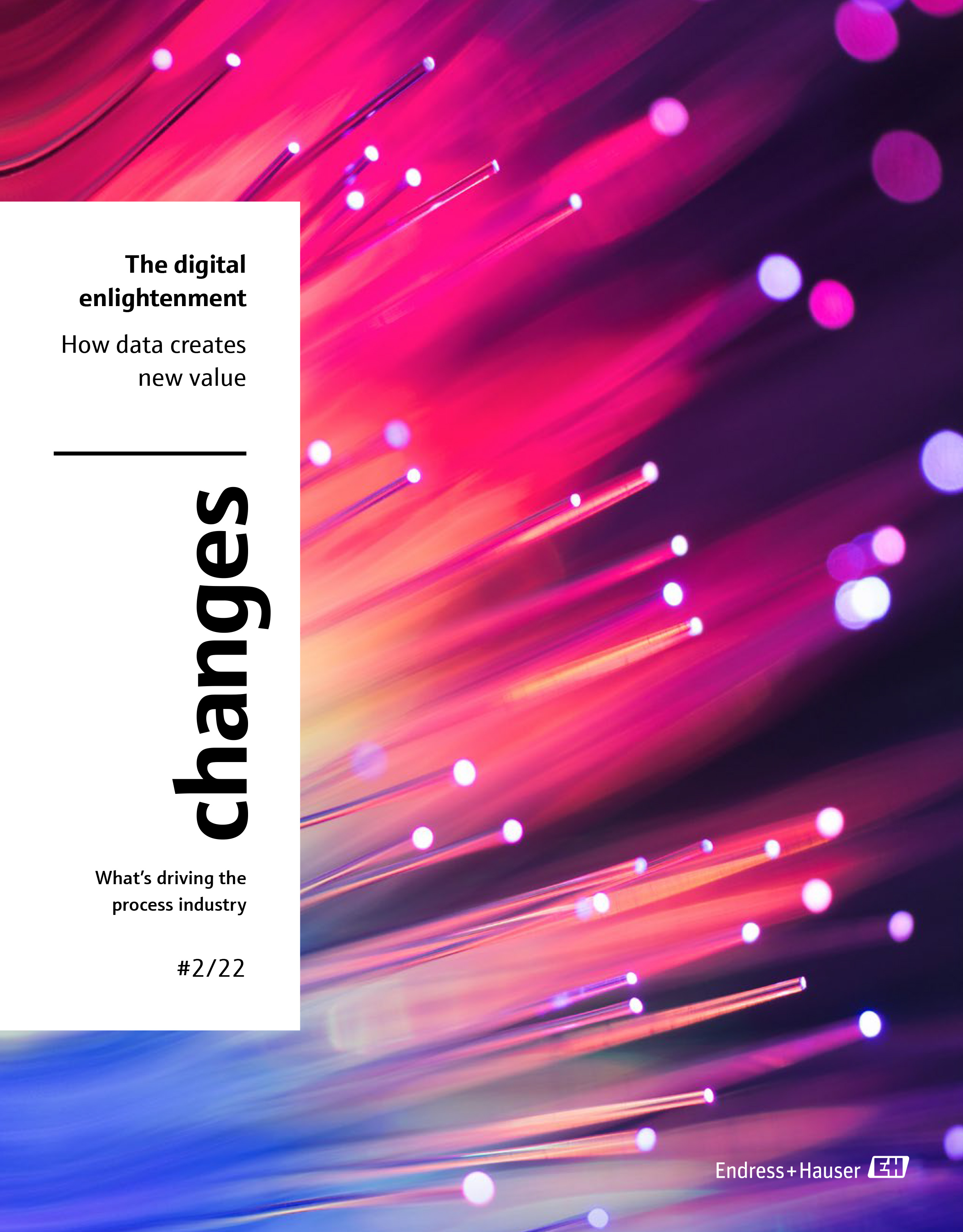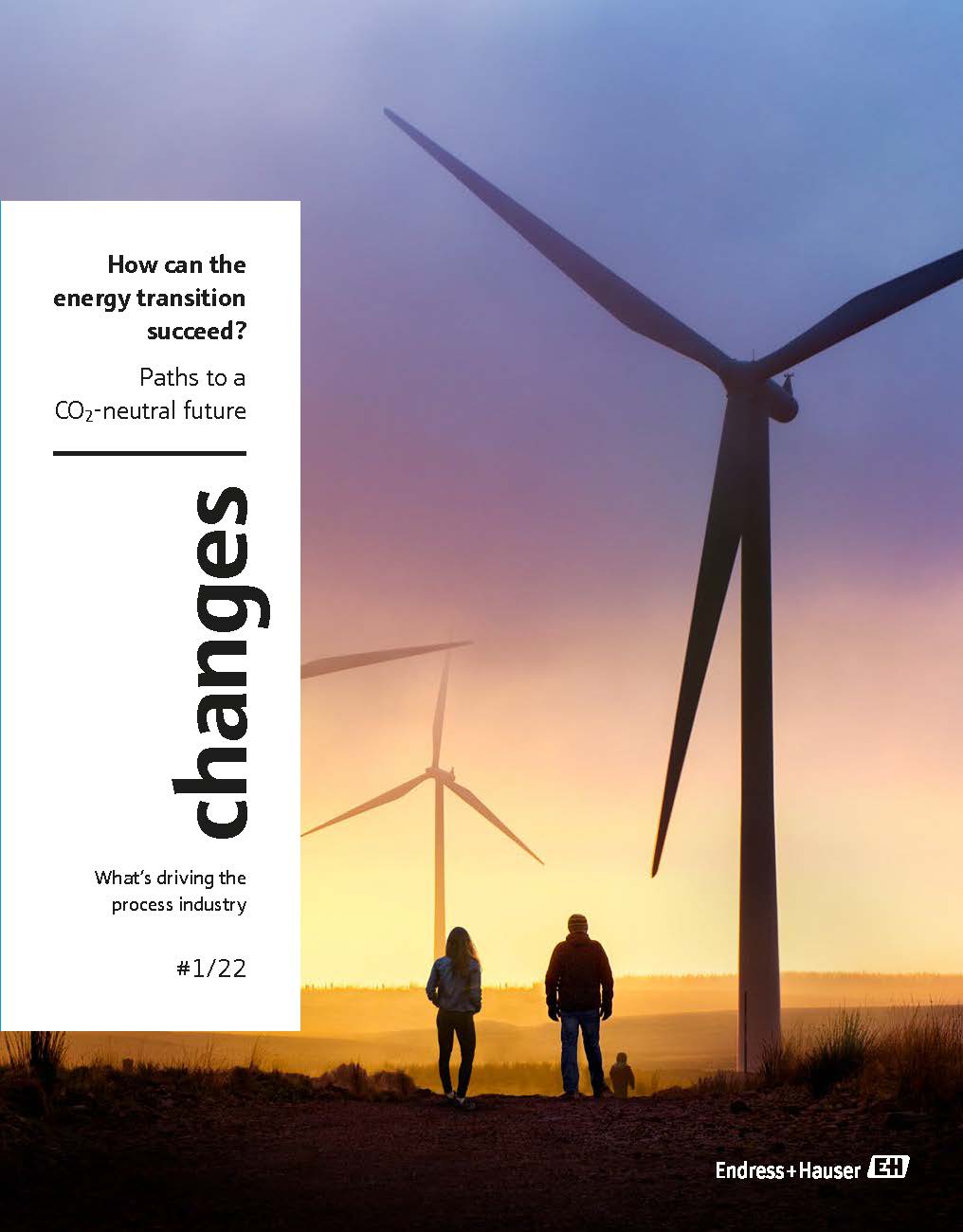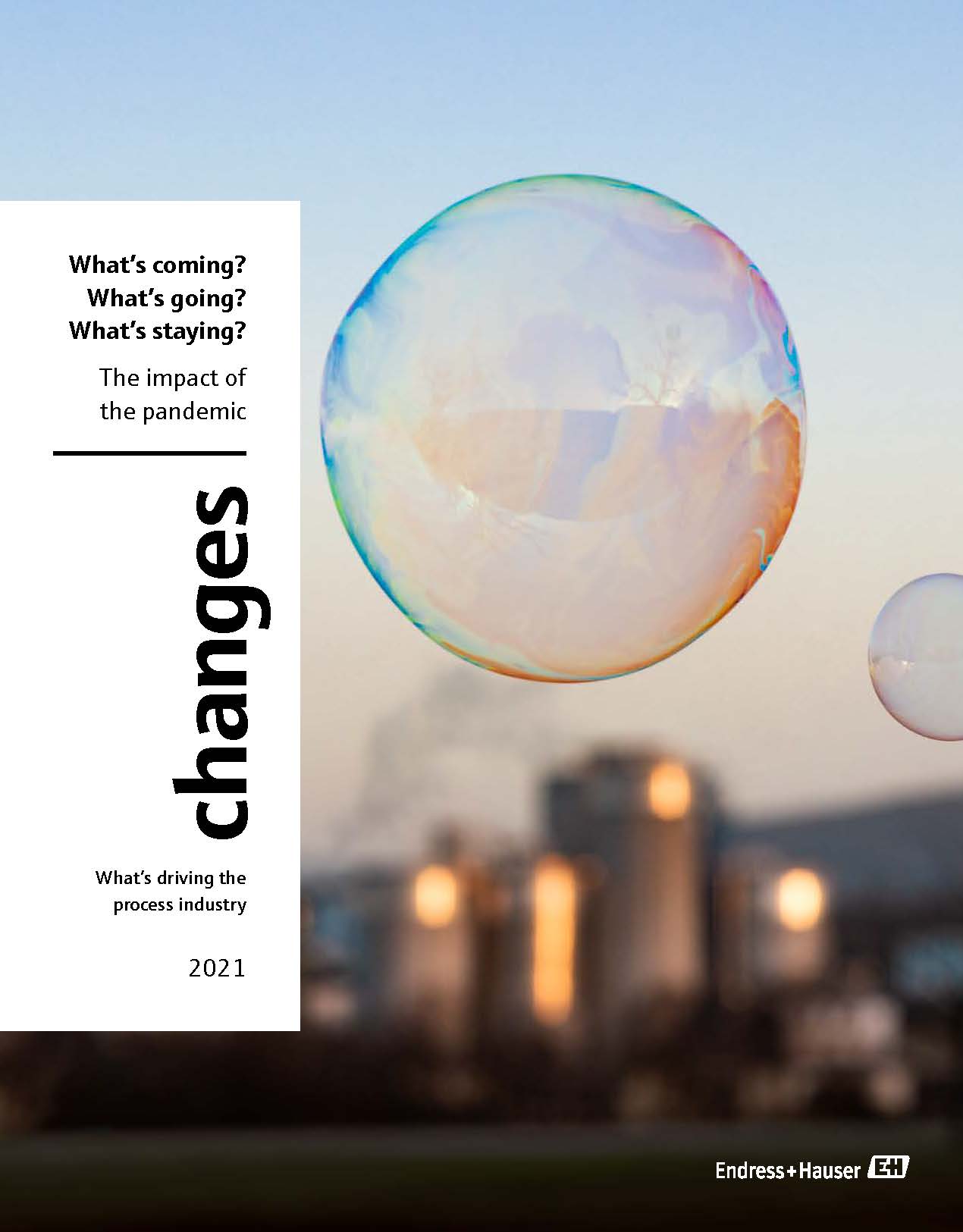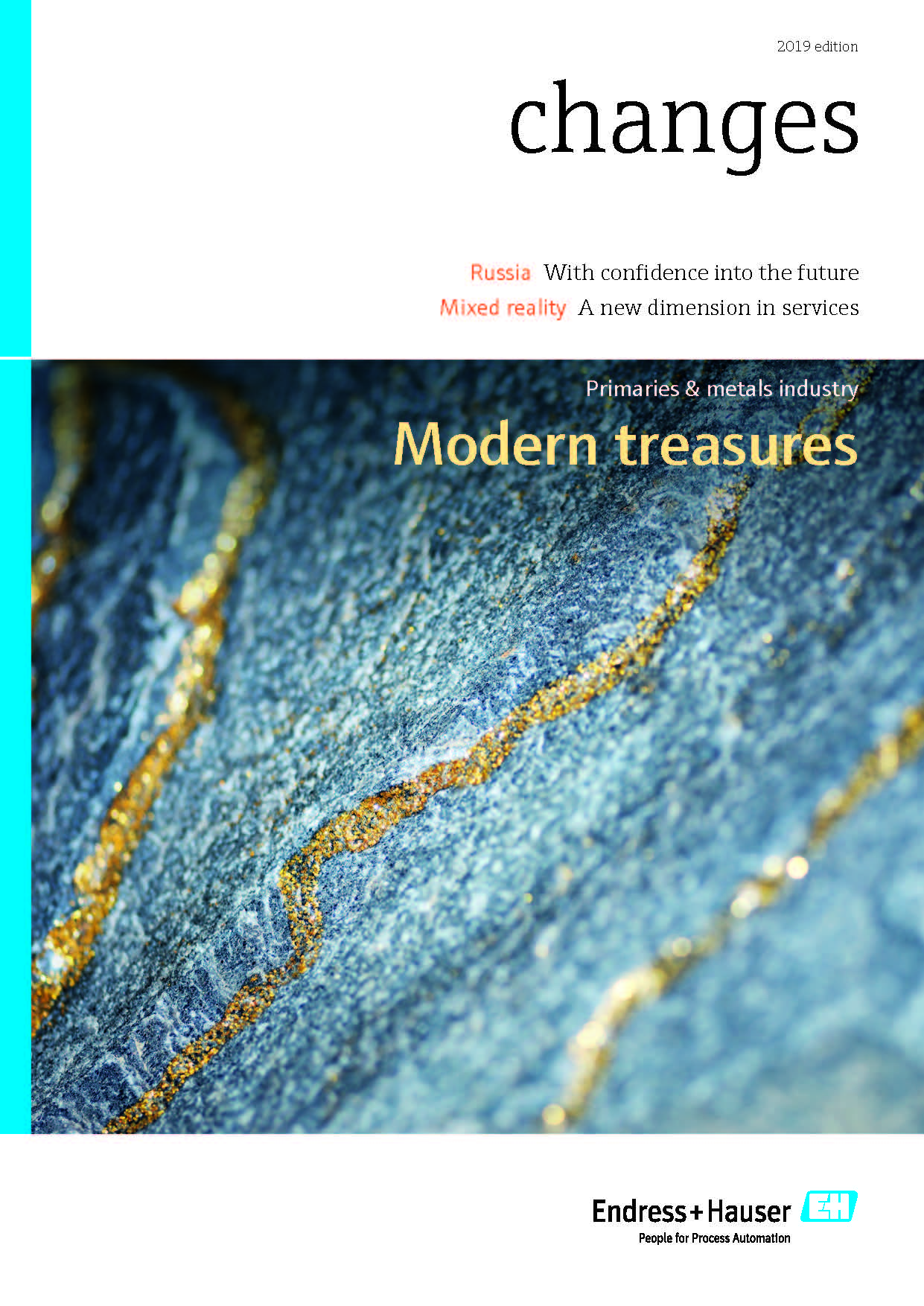Green Transformation
What was once a minor concern is now front and center: doing business sustainably is considered crucial to a viable future on our overburdened planet. What has already changed? Where are the remaining problems? And is sustainability an issue dividing the generations?
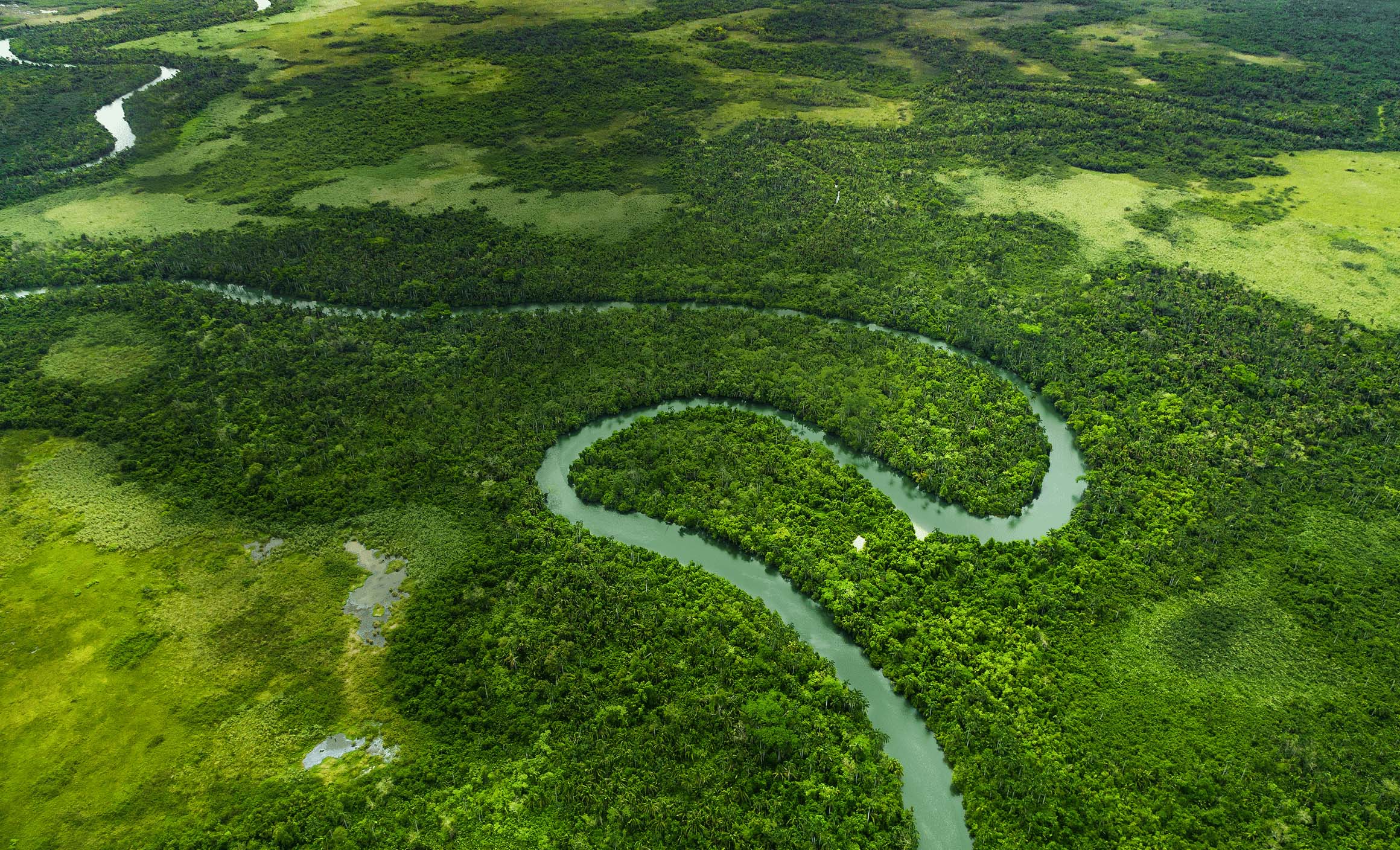
1.75 Earths
is what humanity needs to meet the current demand for renewable resources. To put it another way: on 2 August 2023, humankind exhausted nature’s budget for the year. That date, known as Earth Overshoot Day, is determined annually by the Global Footprint Network. With a few exceptions, we have been using more natural resources year on year since calculations began in 1971. To amplify the point: were everyone on the planet to live the way people do in the United States, they would need the resources of 5.1 Earths. If their way of life resembled that of India’s population, 0.8 Earths would suffice.

The color of revolution
The color green has come to stand for sustainability. But not for the first time in human history has the color been thus associated. As far back as ancient Egypt, green symbolized regeneration and rebirth. Etymologically speaking, the word green stems from the Germanic ‘grho’, meaning to grow, adopted almost verbatim into the English language. The word for the green pigment found in plants that makes life possible on Earth, chlorophyll, is a portmanteau of the ancient Greek words for ‘light green’ and ‘leaf’. And although green has also been a proxy for love, poison or envy, depending on the century or region, today it once again symbolizes awareness of nature. But caution is advisable: the color green must be deserving of its name. Greenwashing, or creating a facade of seemingly green accomplishments, is widely disparaged.
Back to the roots
In 1713 Hans Carl von Carlowitz, a tax accountant and mining administrator in the German province of Saxony, formulated the foundations of sustainability. At issue was the primary raw material in the fields of construction, energy and industry at that time: wood. In his work ‘Sylvicultura oeconomica’, von Carlowitz explained: “The quantity of felled trees should be limited to that which can be re-grown through planned reforestation, seeding and planting.” This basic tenet still holds today, although the term sustainability only came into being later. Along the way, our understanding has also changed to the current meaning: meeting present needs without impairing the opportunities of future generations.
“We have to look for the behavior, for the decisions, for the way of thinking that will orient our lives in a sustainable direction. That means the complete opposite of what we are doing today. It’s a bit like steering a hot-air balloon: if you want to change your direction, you have to change your altitude.”
Professor Bertrand Piccard, psychiatrist, adventurer and solar pioneer, creator of the Solar Impulse Foundation
How green is Generation Z?
Some have brought climate change to the political stage with the Fridays for Future movement, begun by Greta Thunberg and other young activists. Others have launched eco movements, while also making their mark on the throw-away society and the fossil fuel economy. While issues between Generation Z (those born between 1997 and 2012) and baby boomers (1946 to 1964) arise time and again, the question remains: which generation really lives more sustainably? In terms of their consumption habits, a survey of 17 countries reveals a trend.
 |
“Over the past five years I have significantly or completely changed my behavior toward sustainability.”
 |
“I’m willing to spend more money for sustainability.”
 |
Source: Global Sustainability Study 2021
High on the list
Climate change is viewed as the second most pressing problem for businesses, according to a survey of more than 2,000 top-level executives conducted by consulting firm Deloitte. That puts the climate ahead of other challenges such as supply chain difficulties and skilled labor shortages.
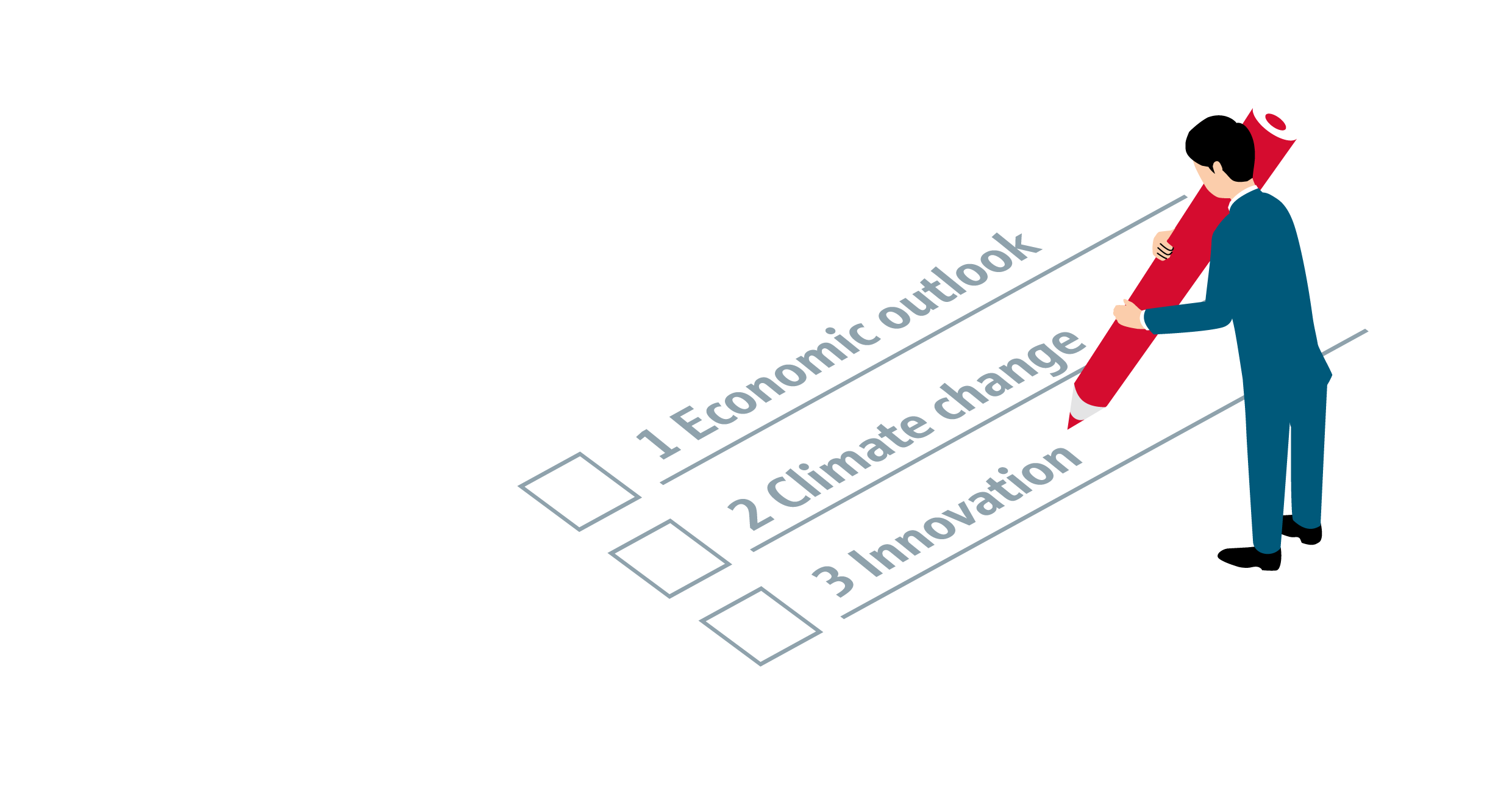
Welcome to the Anthropocene?
Are we living in the Anthropocene, a new geological epoch influenced by human activity? An international group of geologists has uncovered new evidence to support this hypothesis. In the well-preserved sediment from a lake bed in Canada, researchers found an abundance of markers left by various changes: rising atmospheric greenhouse gases, the advent of microplastics, the extinction of various species and traces of atomic bomb tests, to name a few examples of human-induced phenomena that have seen drastic increases since the 1950s. If the scientific community adopts the Anthropocene premise, the Holocene – the post-glacial period that is currently 11,700 years old – would have been replaced by a new epoch 70 years ago. A decision on the matter could be made in the summer of 2024.
Published 17.10.2023, last updated 27.10.2023.
Dive into the world of the process industry through new exciting stories every month with our «changes» newsletter!
